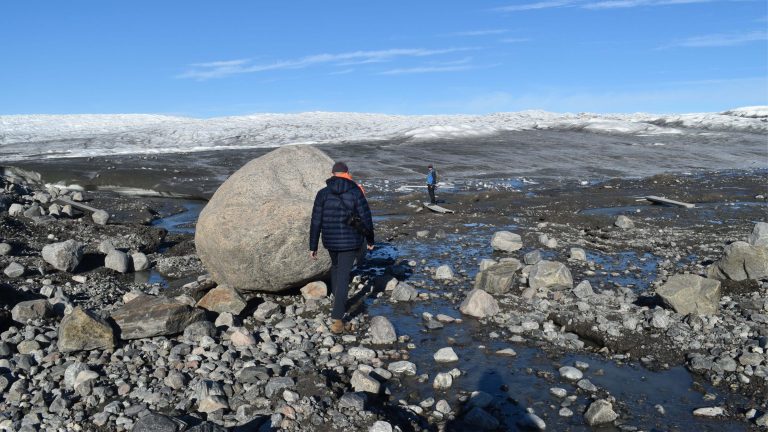A recent study has revealed that our climate system is more sensitive to fluctuations in atmospheric CO2 concentration than previously thought. The study reconstructed the history of carbon dioxide over the past 66 million years, using a wealth of geological evidence. The research shows that the concentration of CO2 in the atmosphere was last as high as it is today 14 million years ago. While the study is not suitable for predicting climate changes within the next few decades, it does indicate that humans have altered the atmosphere in unprecedented ways, and further increases in CO2 concentration are likely to lead to even greater warming than previously assumed.
To understand the climate of the past, researchers use a variety of different clues. For example, air bubbles trapped in glaciers preserve the atmospheric conditions of the past and allow for direct measurements of CO2 concentration from up to 800,000 years ago. To look even further back in time, scientists rely on so-called indirect proxies. For example, the structure of fossilized leaves can indicate the CO2 content of their environment when they grew. Geologic data compiled by a consortium of more than 80 researchers in the Cenozoic CO2 Proxy Integration Project (CenCO2PIP) has allowed for a mapping of atmospheric CO2 concentration over the past 66 million years.
The study shows that the CO2 concentration in the atmosphere was last as high as it is today 14 million years ago. The research also indicates that the concentration of CO2 in the atmosphere during the warmest period of the Cenozoic era, around 50 million years ago, was up to 1,600 ppm, with average temperatures up to 12 degrees Celsius higher than today. The study suggests that the increase in CO2 will lead to even greater warming than previously assumed.










